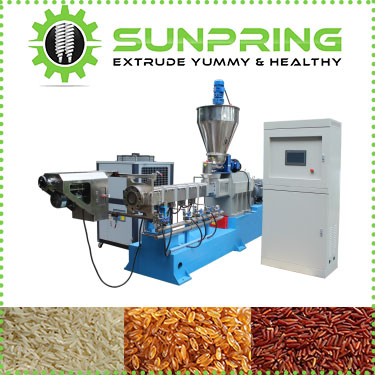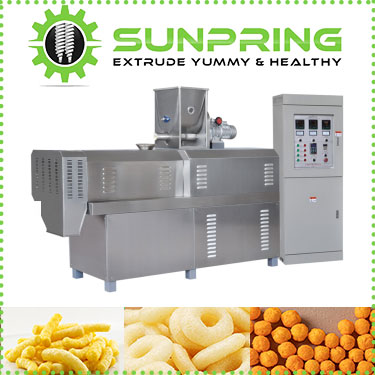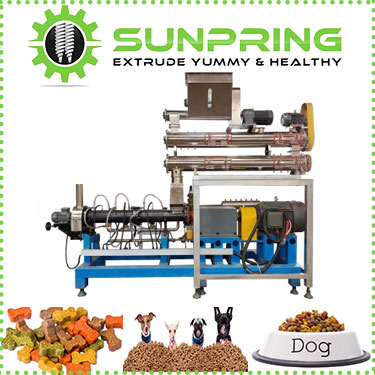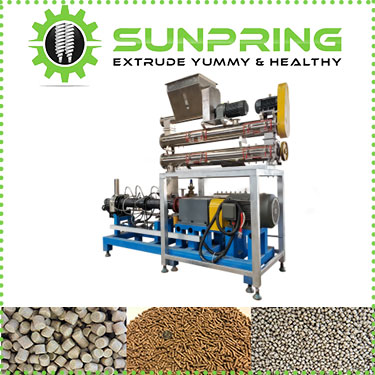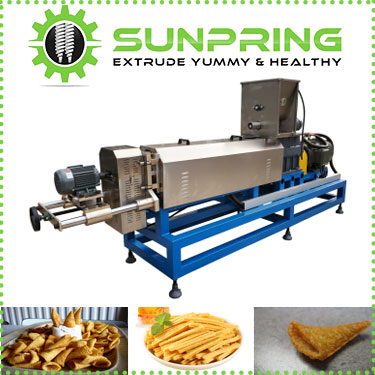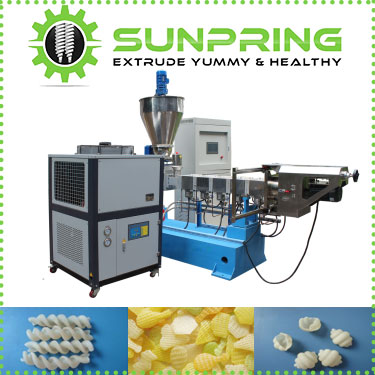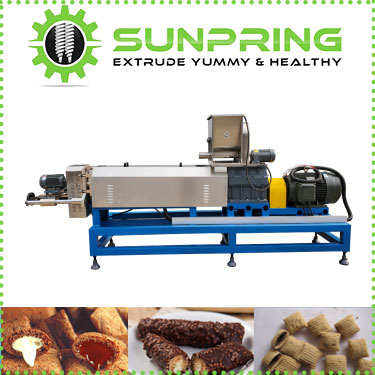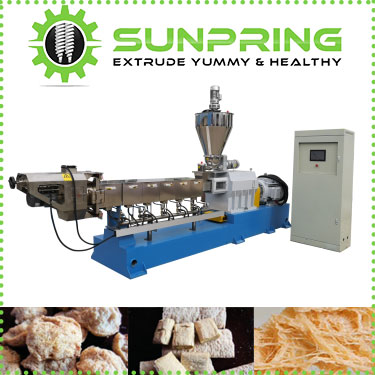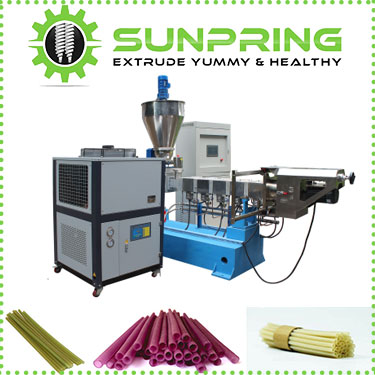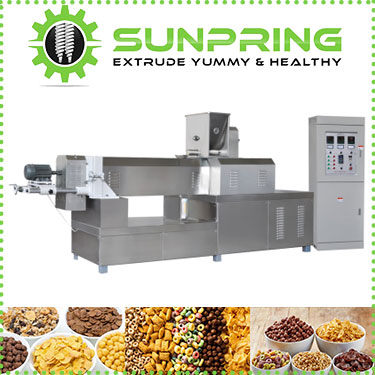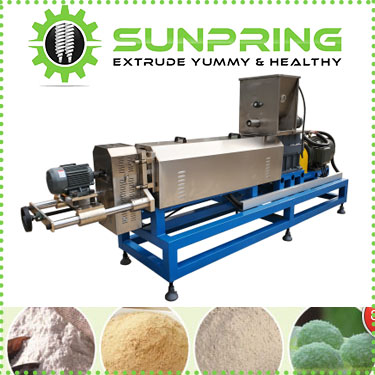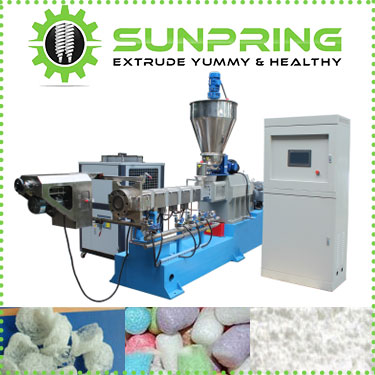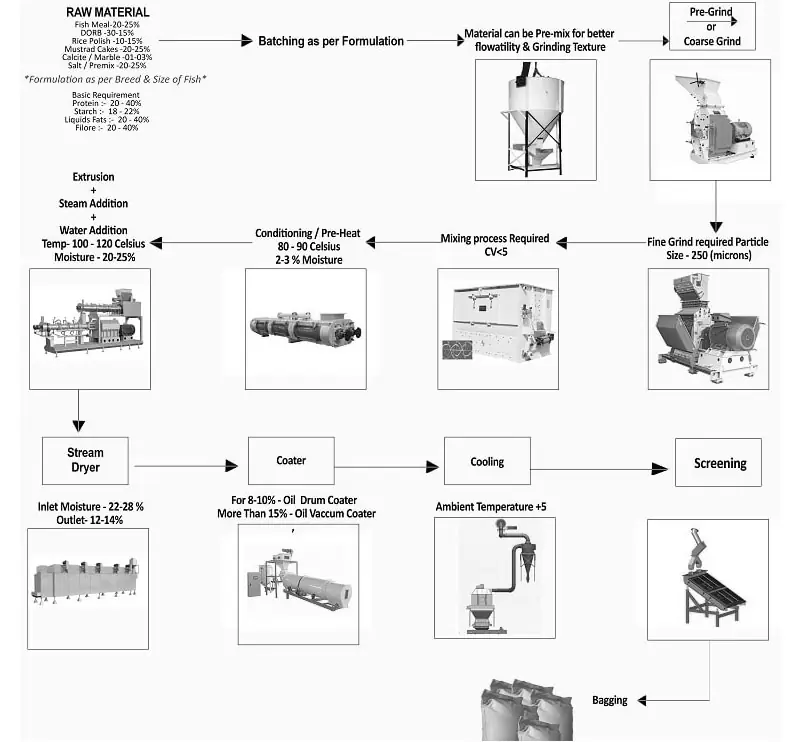
Easy-to-Understand Guide to Fish Feed Making Process
Creating fish feed is essential for fish farming, ensuring fish get the nutrients they need to grow and thrive. Here’s a straightforward guide from Sunpring to help you understand each step of the fish feed making process.
1. Understanding Fish Nutritional Needs
To start, it’s important to know what your fish need to stay healthy and grow well. Fish diets should include the right balance of proteins, carbohydrates, fats, vitamins, and minerals. Different fish species and growth stages have varying nutritional requirements. Sunpring provides detailed nutritional charts for various fish species to help you tailor your feed accordingly.
Key Points:
- Proteins: Essential for growth and tissue repair. Common sources are fish meal and soybean meal.
- Carbohydrates: Provide energy. Common sources are corn and wheat.
- Fats: Needed for energy and essential fatty acids. Common sources are fish oil and vegetable oils.
- Vitamins and Minerals: Crucial for overall health and metabolic processes.
2. Selecting Quality Ingredients
The quality of your fish feed depends on the ingredients you choose. Ensure to pick fresh, nutrient-rich, and clean ingredients. Sunpring features a comprehensive guide on selecting sustainable and high-quality ingredients.
Key Points:
- Fish Meal: High in protein and very nutritious.
- Soybean Meal: A good plant-based protein source.
- Cereal Grains: Like corn and wheat for carbohydrates.
- Fish Oil: Provides essential fats and energy.
- Additives: Include vitamins, minerals, and sometimes antibiotics to promote health and growth.
3. Grinding and Mixing Ingredients
Next, grind the ingredients into a fine powder. This makes the feed easier for fish to digest and ensures nutrients are evenly distributed. Sunpring offers tutorials on optimal grinding techniques to achieve the best results.
Key Points:
- Grinding: Use a grinder to reduce particle size.
- Mixing: Combine all ingredients thoroughly to get a uniform mix.
4. Pelleting the Feed
Pelleting compresses the feed mixture into pellets, making it easier for fish to consume and reducing feed waste. Check out Sunpring’s in-depth articles on the benefits of pelleting for fish feed efficiency.
Key Points:
- Conditioning: Add steam to soften the mixture.
- Pelleting: Use a pellet mill to form the pellets.
- Cooling: Cool the pellets to harden them.
- Drying: Remove excess moisture to ensure the pellets stay fresh during storage.
5. Using Extrusion (Optional)
For higher-quality feed, you can use extrusion. This process cooks and shapes the feed under high pressure and temperature, enhancing its nutritional profile. Sunpring includes a step-by-step guide to the extrusion process and its advantages.
Key Points:
- Extruding: Use an extruder to cook and shape the feed.
- Expansion: The feed expands, making it more porous.
- Coating: Add oils and other nutrients after extrusion for extra nutrition.
6. Packaging and Storing the Feed
Proper packaging and storage are crucial to maintain the quality and nutritional value of the fish feed. Learn more about effective storage solutions in Sunpring’s dedicated section on feed storage.
Key Points:
- Packaging: Use airtight bags to prevent contamination.
- Storage: Store in a cool, dry place to extend shelf life.
7. Ensuring Quality Control
Quality control ensures that the feed meets nutritional standards and is safe for fish consumption. Sunpring provides guidelines for implementing rigorous quality control measures.
Key Points:
- Laboratory Testing: Analyze samples for nutrient content and contaminants.
- On-site Testing: Regularly inspect the feed during production for consistency and quality.
8. Embracing Sustainability
Adopt sustainable practices to minimize environmental impact and promote responsible fish farming. Sunpring’s sustainability resources offer tips on reducing waste and using eco-friendly ingredients.
Key Points:
- Sustainable Ingredients: Use ingredients that are responsibly sourced.
- Reducing Waste: Implement efficient production processes to minimize waste.
- Recycling: Utilize by-products and waste materials in other areas of production.
Conclusion
Making high-quality fish feed involves understanding fish nutritional needs, selecting the right ingredients, and using precise manufacturing processes. By following these steps and utilizing the resources on Sunpring’s website, you can ensure your fish receive the best nutrition while supporting sustainable aquaculture practices.
You May Like:
1) Artificial rice extruder
2) Puffed snacks extruder
3) Pet food extruder
4) Fish feed extruder
5) Bugles chips snacks/Doritos/Tortilla Chips extruder
6) 3D snack pellet extruder
7) Core filling snacks extruder
8) TVP/Soy nuggets/Soya chunks food extruder
9) Rice drinking straw extruder
10) Corn flakes/Breakfast cereal extruder
11) FBF/Foritified blended flour/Baby food extruder
12) Modified starch extruder
Write to you in front of the screen:
If you want to get more business tips about our machine, please feel free to contact us, we will provide you with comprehensive solutions from raw materials to production.[/vc_column_text][/vc_column][/vc_row]


